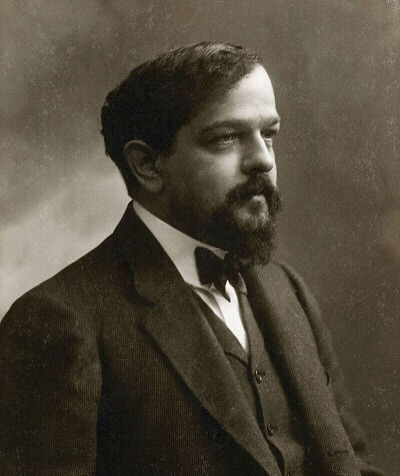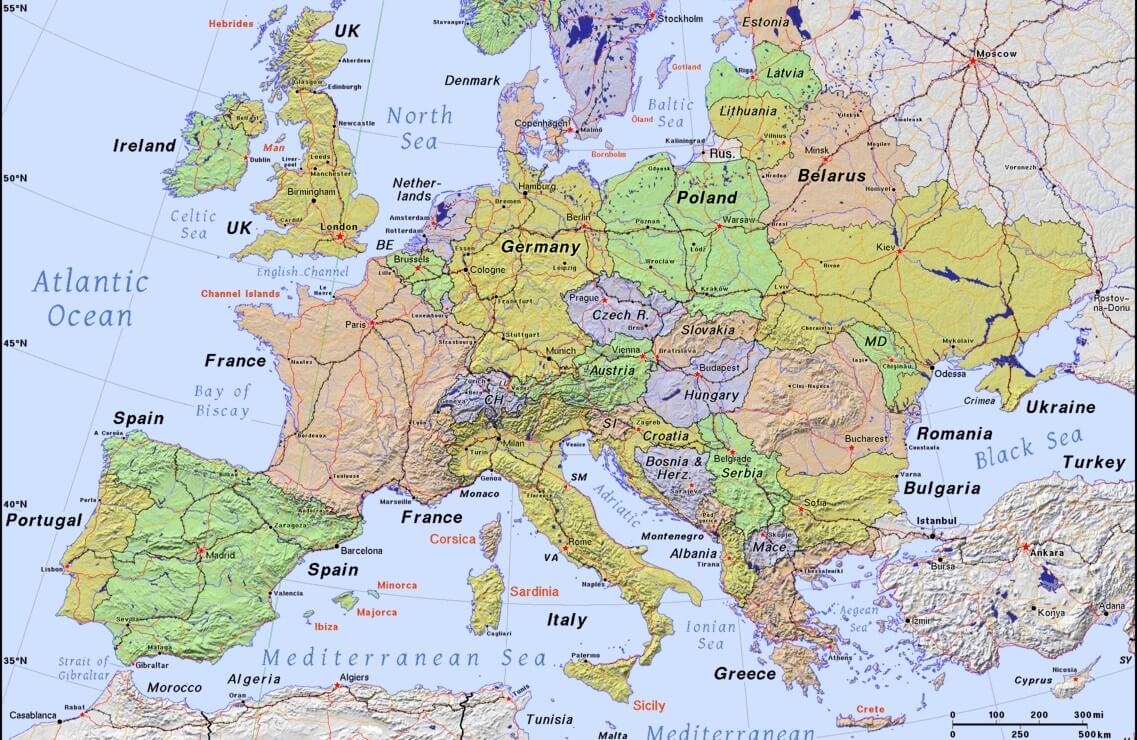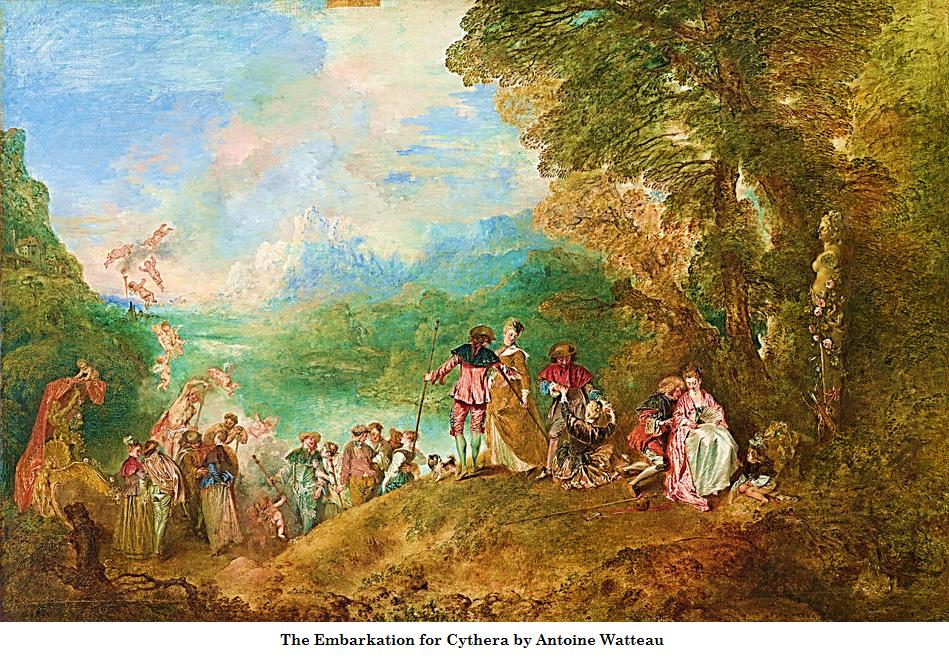 Classical Music in Pictures
Music in Pictures
Classical Music in Pictures
Music in Pictures

 Classical Music in Pictures
Music in Pictures
Classical Music in Pictures
Music in Pictures

Study the musical selection for one week.
Over the week:


Activity 1: Describe the Music
Listen to the music, and close your eyes and let yourself imagine. What do you picture as you listen to the music?
Read the list of adjectives. Select those that describe the music or think up additional adjectives.
Activity 2: Study the Painting, Antoine Watteau's 'The Embarkation for Cythera'
As you listen to the music, find the following in the painting:
After you study the painting, narrate the scene shown in the painting aloud using your own words.
Describe how the painting relates to the music.

Activity 3: Read About the Painting, Antoine Watteau's 'The Embarkation for Cythera'
Antoine Watteau's 'The Embarkation for Cythera' inspired Debussy to compose 'The Happy Island.' The painting shows a group of people enjoying a day on the island of Cythera, mythical birthplace of Venus. Joined by an angel, cupids fly overhead, aiming arrows at couples below. A statue of Venus is visible among the foliage.